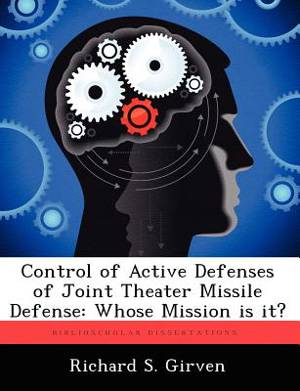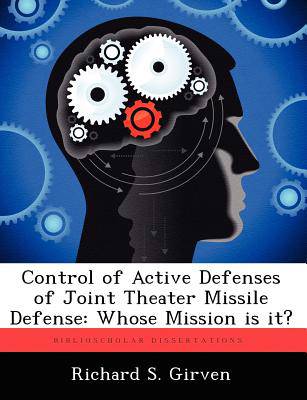
- Afhalen na 1 uur in een winkel met voorraad
- Gratis thuislevering in België vanaf € 30
- Ruim aanbod met 7 miljoen producten
- Afhalen na 1 uur in een winkel met voorraad
- Gratis thuislevering in België vanaf € 30
- Ruim aanbod met 7 miljoen producten
Zoeken
Control of Active Defenses of Joint Theater Missile Defense
Whose Mission Is It?
Richard S Girven
Paperback | Engels
€ 78,95
+ 157 punten
Omschrijving
This thesis investigated the command and control doctrine and infrastructure that surrounded the employment of a new suite of weapon systems designed to counter an emerging threat. It assessed the current doctrine, command and control infrastructure and TBM defense system technologies in relation to active defenses against the threat in order to answer the question: Who should control active defenses against ballistic and cruise missiles? This thesis explored two subproblems. The first subproblem was to identify, analyze and interpret the existing joint and service doctrine on command and control aspects of active defenses against ballistic and cruise missiles. The second subproblem was to identify, analyze and interpret historical aspects of the evolution of current joint command and control doctrine that might be illustrative to the main problem statement. This thesis recommends changes to joint doctrine and command and control infrastructure to improve the efficacy of active theater missile defenses.
Specificaties
Betrokkenen
- Auteur(s):
- Uitgeverij:
Inhoud
- Aantal bladzijden:
- 84
- Taal:
- Engels
Eigenschappen
- Productcode (EAN):
- 9781249910404
- Verschijningsdatum:
- 23/10/2012
- Uitvoering:
- Paperback
- Formaat:
- Trade paperback (VS)
- Afmetingen:
- 189 mm x 246 mm
- Gewicht:
- 167 g

Alleen bij Standaard Boekhandel
+ 157 punten op je klantenkaart van Standaard Boekhandel
Beoordelingen
We publiceren alleen reviews die voldoen aan de voorwaarden voor reviews. Bekijk onze voorwaarden voor reviews.











